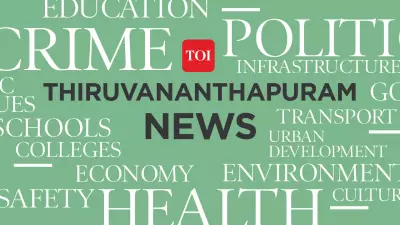
In a groundbreaking development that could reshape our understanding of Mizoram's past, former IAS officer R. S. Rinsanga has called for a significant revision of the conventional Mizo historical timeline. The retired bureaucrat, known for his scholarly work on Mizo history, presented his compelling arguments during the prestigious 10th Lalthangliana Memorial Lecture held in Aizawl.
Challenging Centuries of Accepted History
Rinsanga boldly questioned the established historical narrative that traces Mizo origins back to the 16th century. Instead, he proposed a radically different timeline beginning in the 18th century, supported by extensive research into oral traditions and genealogical records passed down through generations.
The Evidence Behind the New Perspective
The former administrator based his revolutionary theory on several key findings:
- Meticulous analysis of oral histories preserved by tribal elders
- Detailed study of genealogical records spanning multiple generations
- Comparative analysis with neighboring tribal histories
- Critical examination of colonial-era documentation
Academic Community Responds
The lecture, organized by the Mizo History Association, sparked intense discussion among historians, academics, and community leaders. Rinsanga's presentation challenged attendees to reconsider long-held beliefs about Mizo migration patterns and settlement history in the Northeast region.
Preserving Cultural Heritage Through Accurate History
"Historical accuracy is crucial for preserving our cultural identity," Rinsanga emphasized during his address. He stressed that understanding the true timeline of Mizo history is essential for future generations to connect with their heritage authentically.
The former IAS officer's call for historical revision comes at a time when indigenous communities across India are increasingly focused on documenting and preserving their unique cultural narratives. His research adds a significant voice to ongoing discussions about tribal history in Northeast India.
Implications for Future Historical Research
This proposed timeline revision could have far-reaching implications for:
- Academic curriculum in Mizoram educational institutions
- Documentation of tribal histories across Northeast India
- Preservation of oral tradition methodologies
- Future archaeological and anthropological research
As the historical community digests these new perspectives, Rinsanga's work promises to ignite fresh debates and research initiatives focused on uncovering the authentic narrative of Mizoram's rich cultural heritage.





